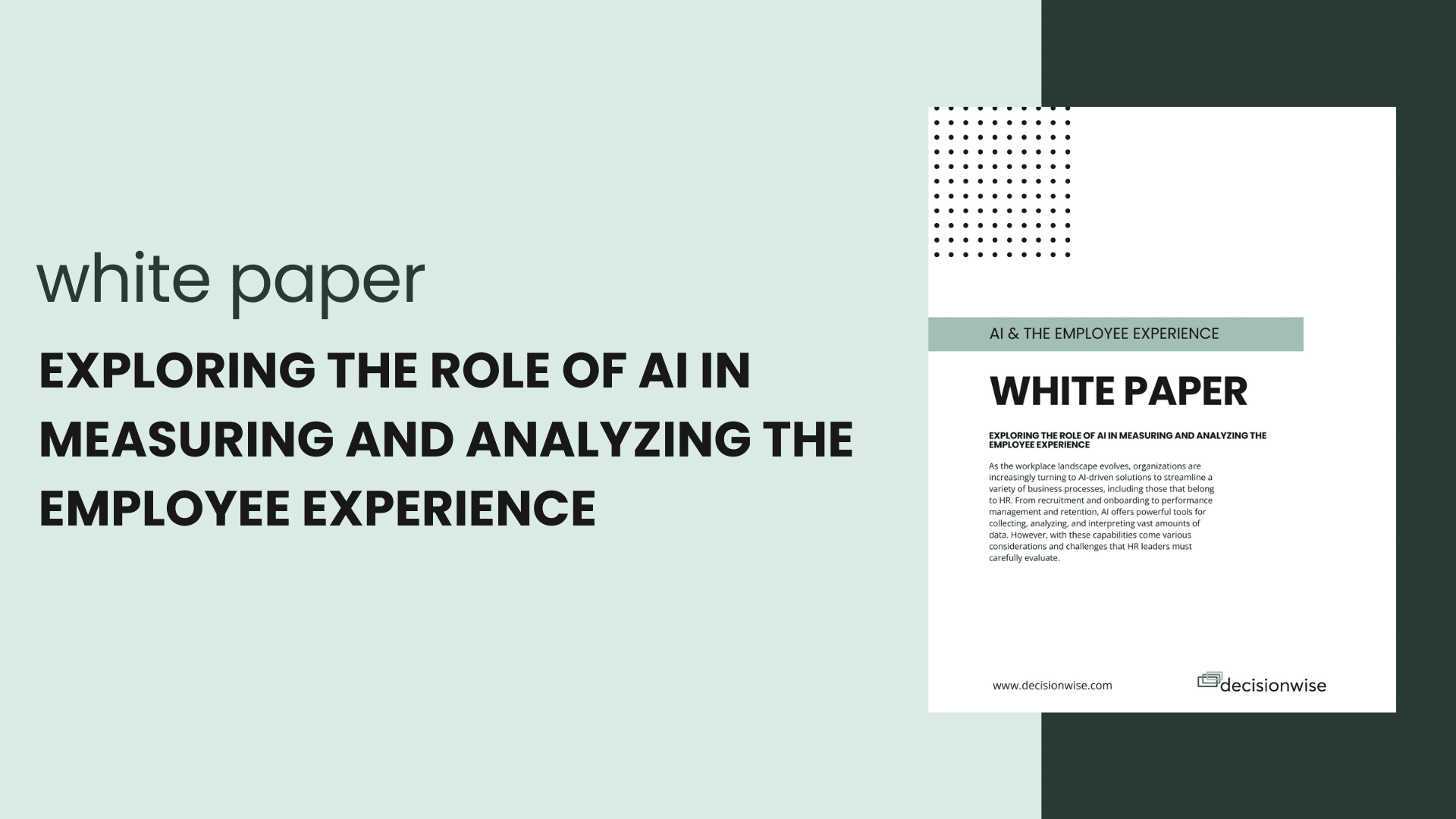What’s the difference between Human Resources and Organizational Development? Being part of a consulting firm that focuses on people analytics and organizational development, I am often asked to explain the precise differences between Organizational Development (OD) and Human Resources (HR). Both functions deal with people, right? So, many naturally assume they do the same thing. Yet, there are more differences than similarities in how Human Resource functions relate to Organization Development. Since I have yet to find a satisfactory explanation that would help someone understand the differences in a meaningful way, here is my feeble attempt to clarify a pretty murky area.
What is Human Resources?
Historically, Human Resources professionals were primarily concerned with the efficient management of the employment process (from recruitment to termination). HR also focused on helping the organization comply with governmental regulations and mitigating employment-related risks. Thus, HR found itself acting in a support role to the other business units. Consequently, HR’s culture was mostly transactional and utilitarian. And, HR was very process-and-compliance-oriented in its thinking.
What is Organizational Development?
On the other hand, Organizational Development was created as a way of applying behavioral science to help organizations improve individuals and systems. OD’s goal is to help people function better within an organizational context. At its heart, Organizational Development is supposed to represent purposeful and meaningful change for the better. An OD practitioner uses two primary tools in his or her work:
1. Assessments
2. Interventions
Unlike a traditional HR professional, you won’t find an OD professional looking at checklists and manuals. Instead, they are interested in data and research. In my view, Organizational Development has more in common with leadership and management theory than it does with HR’s risk-managing legacy. Here is a partial list of the different roles that were frequently handled by HR and OD in the past:
Organizational Development Sought To:
• Improve organizational effectiveness while adhering to the organization’s culture and values
• Maximize employees’ potential and help them amplify their contributions in furtherance of the organization’s success
• Assess what is happening within an organization and then conduct an intervention to try and create positive change
• Align human behavior with the organization’s strategy, structures, processes, business objectives, and so on
• Help promote the organization’s values throughout the workplace
Human Resources Was Concerned With:
• Managing the hiring, retention, and performance processes
• Mitigating employment-related risks
• Ensuring legal compliance
• Confirming there is “enough” equity and diversity
• Enforcing policies and procedures
• Reducing labor costs
• Promoting workplace health and safety
Although not comprehensive, this list should give one a pretty good feel for the basic historical differences that existed between Organizational Development and Human Resources.
Over the past several years, management experts have started advocating for a shift towards “strategic HR” focusing on making HR a business partner that provides business solutions and strategies, not just compliance services. This advice has taken root in many companies, and the focus on creating a strategic HR department is now quite common. We see most companies talking about strategic HR as opposed to supporting an internal OD department.
I am not necessarily sure why the notion of a strategic HR function has proven to be more popular within the business community. My theory is that HR professionals were always receptive to OD’s contributions. With the new mandate that they offer strategic advice, it was natural that HR professionals would turn to OD as a source of inspiration and solutions. Then, rather than having to rely on a few believing executives to advance OD’s cause, OD found itself being supported by thousands of HR professionals who started carrying the OD torch.
Blurred Lines Between Organizational Development and Human Resources
The upshot of this history is that a blurring of the lines has taken place between Organizational Development and Human Resources. Now that the lines are blurred, the real question is what should the OD community do about it? Should we go back to a world with more rigid boundaries?
HR professionals have already shown they are ready to merge the two functions. But, is that necessarily the right answer? On one hand, the OD community could fight to keep its “turf.” Alternatively, OD practitioners could focus on teaching, promoting, and developing OD principles, which are then made available to all types of business professionals. In other words, instead of fighting to keep OD as a separate business function practiced by a select few, OD practitioners could fight to keep OD as a distinct and recognizable business discipline that is used by many.
In my view, the concept of strategic HR is here to stay, and I applaud that fact. Our goal should be to improve the people-side of business, regardless of who is helping to advance that cause. So, in my opinion, a battle over whether businesses should maintain inelastic boundaries between HR and OD is somewhat futile. Rather than trying to segregate things by who does what, the better course is to make sure that practitioners understand and appreciate when they are applying OD to solve a problem and what problems require an OD solution as opposed to an HR solution.
The Employee Experience: Attract, Retain, and Engage
Organization development has the power to dramatically improve companies and the well-being of their employees. For that reason alone, OD deserves real attention from business leaders. But, there is also a strong business case that supports OD. In today’s modern service economy, the ability to win is dependent more on how an organization’s talent performs than on historical factors such as market share, access to raw materials, or logistical prowess. In the 21st century, winning organizations will be those that build an effective employee experience that helps them attract, retain, and engage the right talent.
The case for OD is strong, but I am ambivalent about who gets to use OD. For us, we want all HR leaders and business professionals to apply OD concepts wherever possible. Most of us in the OD community are comfortable if the line between HR and OD stays blurred but only if we do a good job of ensuring practitioners have a clear understanding of how to use OD principles, tools, techniques, concepts, and processes. The winning strategy, in my opinion, is to fight for the sanctity of OD as a well-used and well-practiced business discipline.




